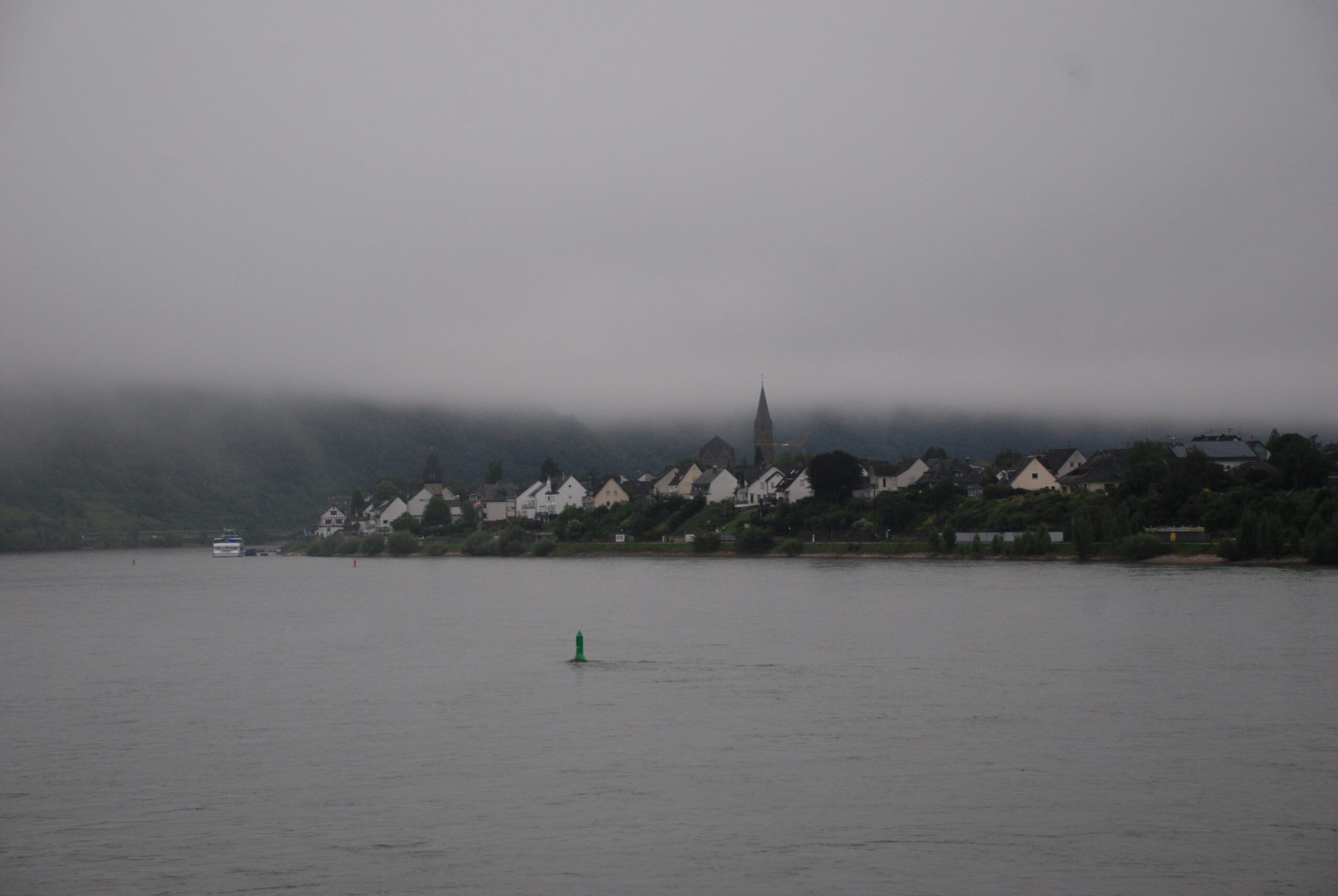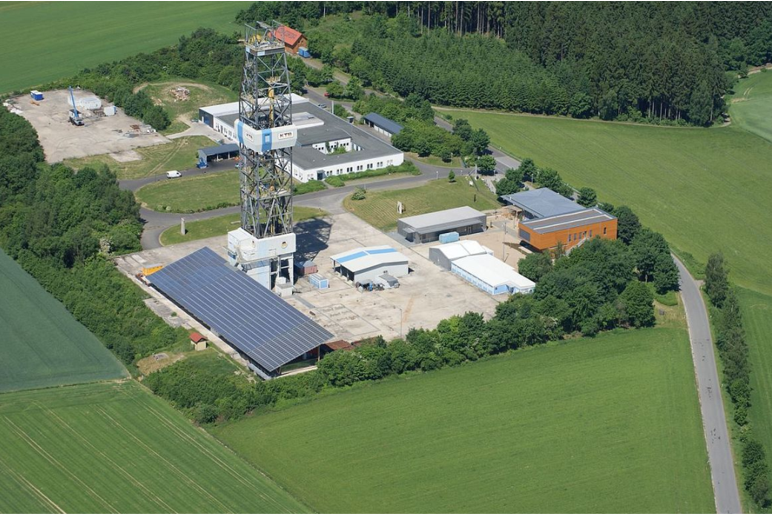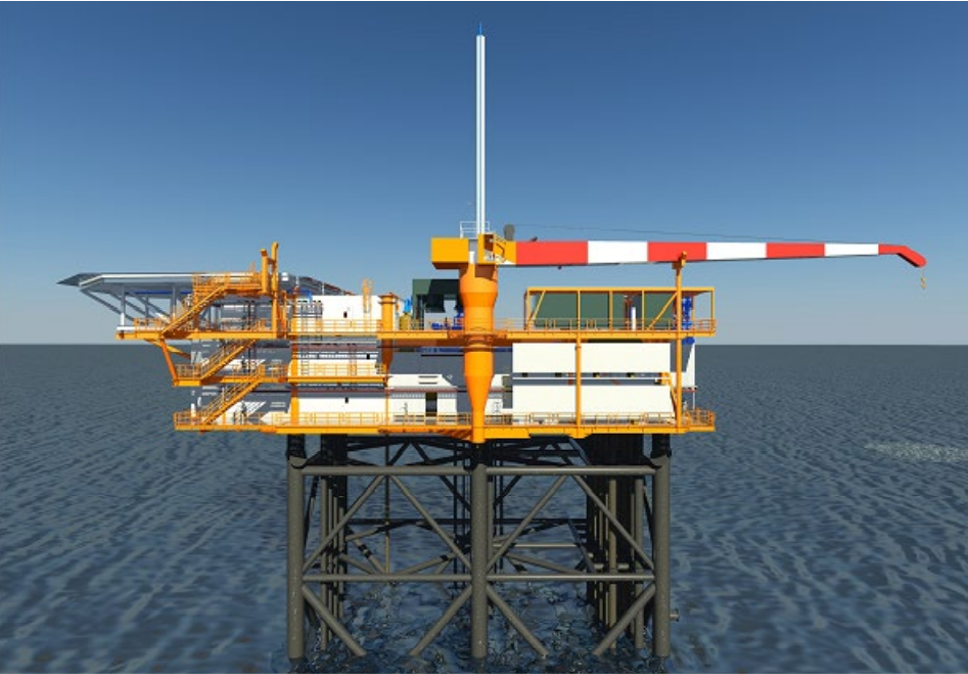Germany’s domestic oil production is limited and has been declining for many years. In 2019, almost 38,000 BO/d was produced domestically, where the country consumes more than 2 million BO/d.
Many fields, most of which are located onshore, are old and in their very last phase of production lives. In combination with political and public scrutiny of further hydrocarbon exploration, there is not much scope for the development of new fields in the country, if there were any in the first place.
A surprise
With that in mind, it was a big surprise that in 2003 the well named GtB1 found oil instead of targeted water-bearing sandstones. The well was drilled in the Upper Rhine Graben in the southwest of Germany and targeted Triassic Buntsandstein sandstones at a depth of around 2,300 m.

As a result of the oil find, the name of the well was changed from GtB1 to Römerberg 0. In 2008, so five years later, an appraisal well was drilled – Römerberg 1 – which also found oil. Production started in the same year and with the drilling of a few more wells, production currently sits at around 500 tonnes per day, which equates to 3,745 barrels of oil per day. It is understood that operator Neptune intends to increase production from the field, but so far this doesn’t seem to have been approved.
New seismic lines
In a press release issued at the start of the month, Neptune announced that it will acquire a series of four seismic lines in the area of the oil field to better map its extent.
Since 2012, a seismic monitoring system is also in place around the field. This is ultimately to ensure that if a seismic event occurs, it will be possible to distinguish between induced seismicity and naturally occurring events associated with the Rhine Graben.
HENK KOMBRINK





